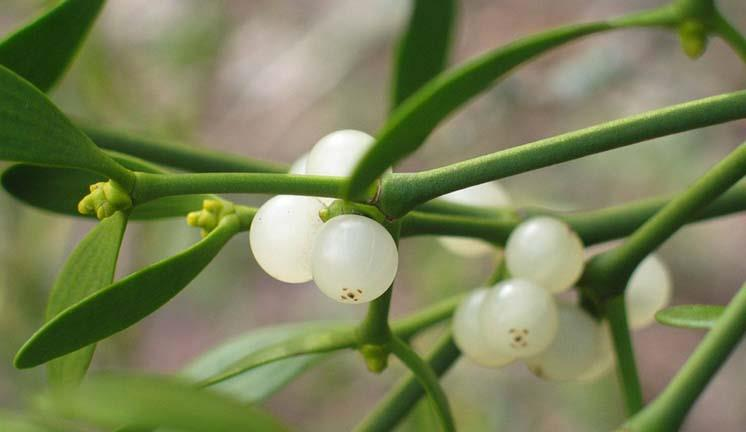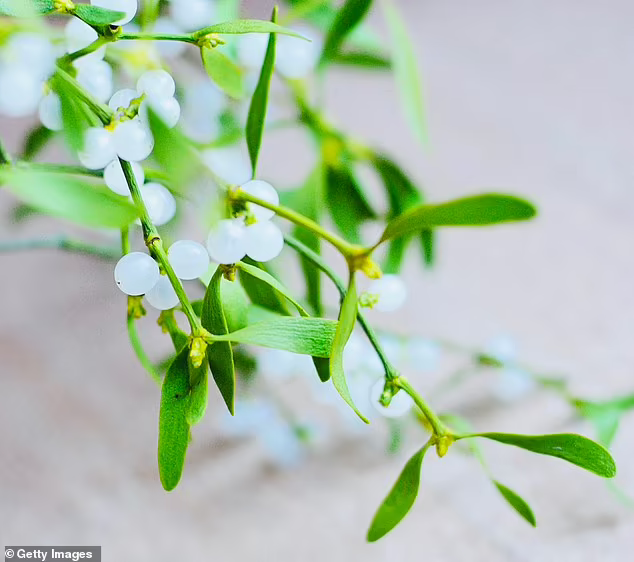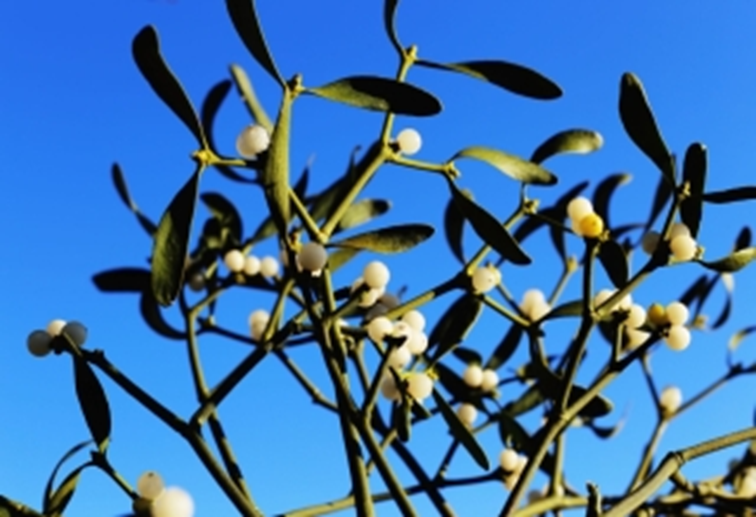Pictures: The magic plant

Research at McGill University and the Max Planck Institute has found that the sticky thread produced by the mistletoe plant, known as ficin, is strong enough to seal wounds.
The British newspaper “Daily Mail” quoted Nils Hurbelt, first author of the study, as saying that he placed the adhesive on his skin for 3 days and found that it was flexible enough to move without breaking.

The research team made incisions on the skin of a (dead) animal with a razor blade, and closed them with adhesive, and it was found that the “shiny silky” vicin sealant remained in place and the wounds remained closed.
Mistletoe or mistletoe is a parasitic genus of the Sandalwood family that lives on the branches of many fruit and forest trees (such as poplars), where it sends its roots through cracks in the branches and sucks its juice.
The leaves of the mistletoe are yellow tinged with green, narrow and long, with a leathery texture. The fruits are spherical, small, white and yellow, like beeswax.

The plant has medical uses, as the new branches are used with its leaves in the months of January and February and contain the substance khulin, which helps lower blood pressure, treat atherosclerosis, stop bleeding and prevent the growth of cancer cells.
Mistletoe infusion is used to treat internal bleeding in the respiratory system, and also helps to treat epilepsy in children and the elderly.
Source: websites

